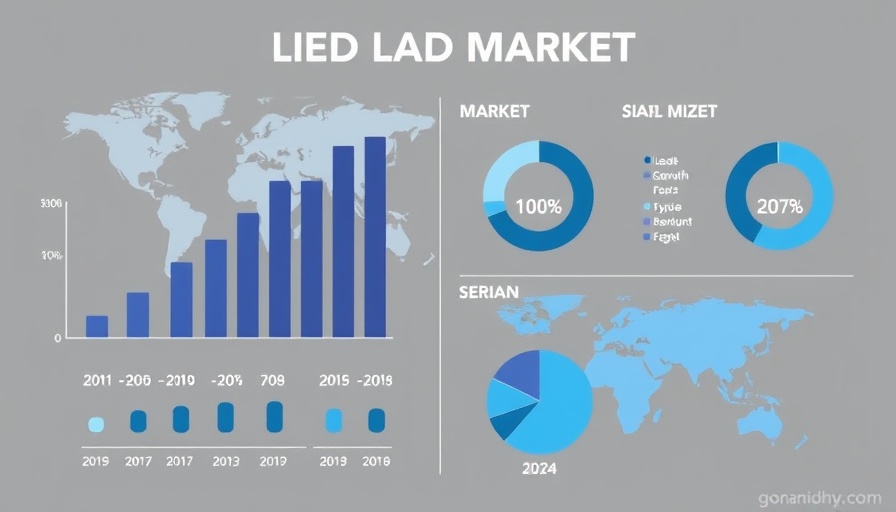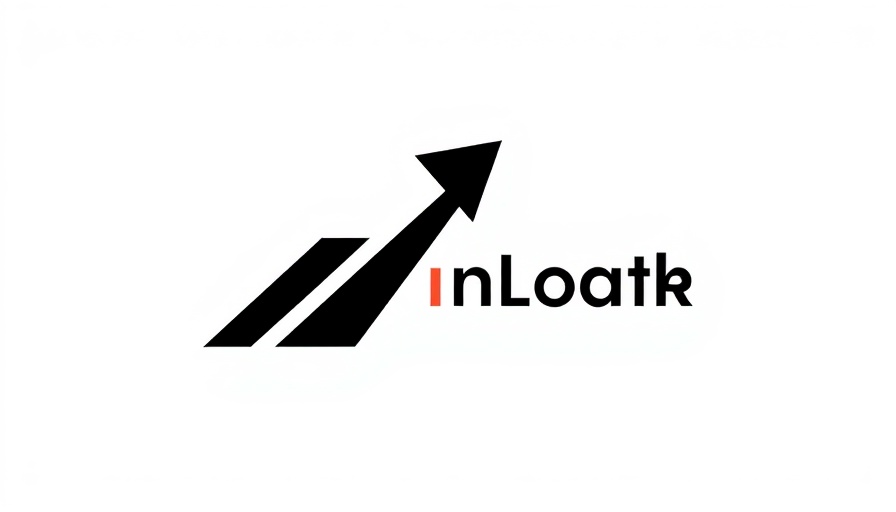
Rise of the Lead Market in Asia-Pacific
The lead market is set for significant growth, projecting a compound annual growth rate (CAGR) of 5.9% from 2025 to 2032. With a valuation expected to reach USD 38.57 billion by 2032, Asia-Pacific is emerging as the leading region in this market. This upward trajectory is largely attributed to the burgeoning demand for lead-acid batteries, which account for approximately 86% of global lead consumption. As technology advances, especially in renewable energy sectors like solar and wind, the efficiency of lead-acid batteries is continuously improving, thereby driving market growth.
Governments Take Charge: Energy Storage Policy's Role
Regulatory frameworks spearheaded by governments around the globe play a vital role in influencing the lead market's landscape. Stringent energy storage policies and environmental standards catalyze the demand for lead as many countries pivot towards more sustainable energy solutions. The ongoing emphasis on battery recycling also adds another layer of market dynamism, creating a circular economy that potentially increases lead supplies while also mitigating environmental impacts.
The Impact of Supply and Price Fluctuations
Despite promising growth projections, the lead market is not without its challenges. The price of lead can be volatile and is heavily influenced by mining outputs from key regions such as China, Australia, and the U.S. In 2024, North America reported an average price of 115 cents per pound. Fluctuations in these prices can have cascading effects down the supply chain, impacting manufacturers and ultimately consumers. Such factors pose risks that stakeholders must navigate carefully to optimize their market strategies.
Innovations: A Catalyst for Growth
Technological advancements in battery technology are a key driver of the lead market. Innovations, particularly in deep-cycle batteries, enhance efficiency and lifespan, making lead-acid batteries a more attractive option for various applications. As companies continue to invest in research and development, we can expect a significant uptick in adoption rates across multiple industries, further propelling the lead market forward.
Conclusion: Seizing Opportunities Ahead
As the lead market witnesses robust growth, particularly in the Asia-Pacific region, stakeholders should remain vigilant of market dynamics and regulatory changes. For manufacturers and investors, capitalizing on these trends, while being mindful of supply challenges and price fluctuations, could open up lucrative opportunities in this evolving landscape.
 Add Row
Add Row  Add
Add 




Write A Comment